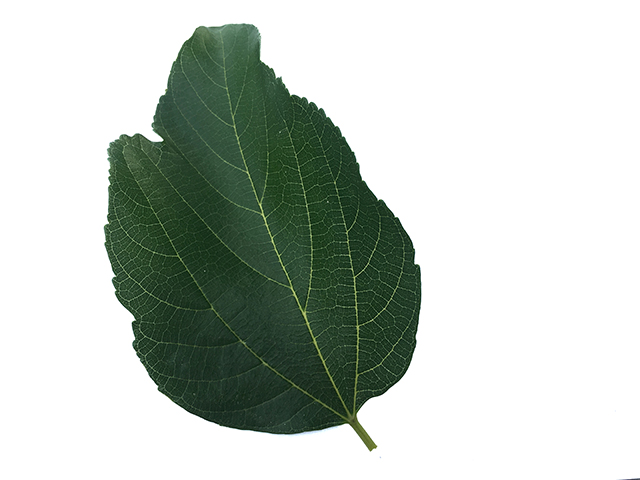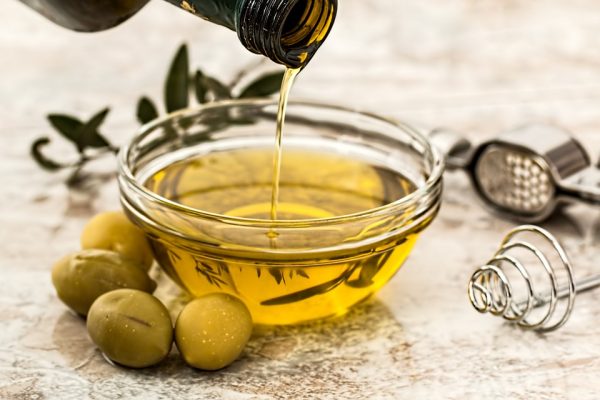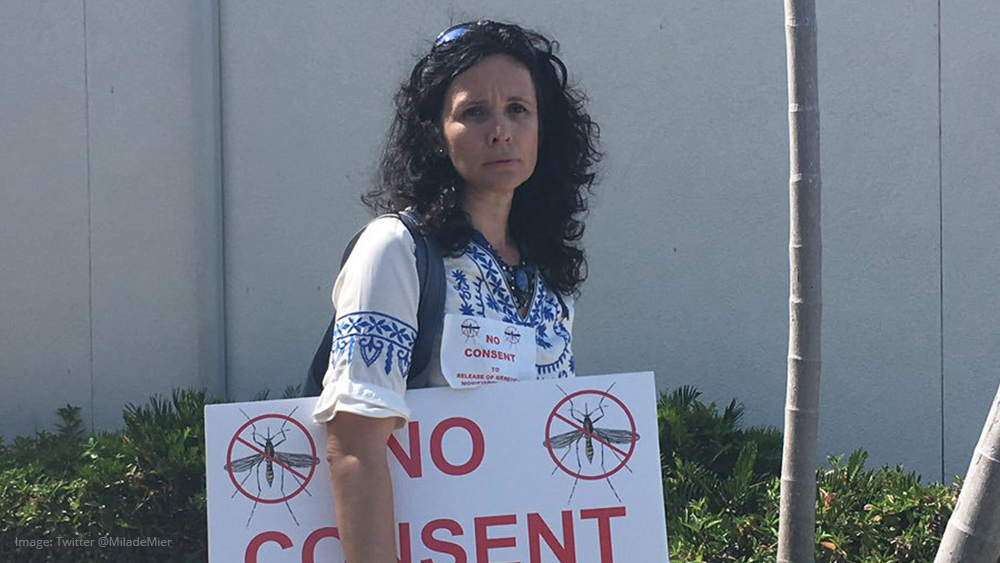Did you know most laundry detergents use a battery of toxic chemicals and synthetic fragrance?
07/25/2017 / By Isabelle Z.

You know that great feeling you get after doing the laundry? It’s always satisfying to check a chore off your list, but that feeling is intensified when your hamper has been spilling over for a few days. And when you inhale that fresh and clean scent emanating from your fluffy towels, it’s hard not to feel a sense of accomplishment.
Unfortunately, you’ve achieved far more than just getting your clothes clean; you’ve also just successfully infused the very items that will be touching your body’s biggest organ – your skin – for a long period of time with a bunch of toxic chemicals and irritating synthetic fragrances. Oops!
It’s an easy mistake to make. Even those of us who scrutinize the labels of every food we buy sometimes fall into the trap of assuming that all detergents are created equally. However, it’s time to start giving that ingredient list a much closer look because a lot of those unpronounceable names on there could be making you sick and putting your health at risk.
What toxins are lurking in your laundry detergent?
The common detergent ingredient diethanolamine can irritate skin and eyes, but it gets even worse: it has also been linked to tumors in the liver and kidneys and has caused reproductive and developmental toxicity in animal studies.
One of the trickier ingredients to get to the bottom of is the fragrance found in most detergents. You might see the word “fragrance” listed on the label, but this could actually be shorthand for a combination of hundreds of hazardous chemicals. They can irritate your eyes, skin and lungs and trigger asthma, allergies and migraines. Moreover, many artificial fragrances are suspected carcinogens.
You should also watch out for petroleum distillates, which are sometimes called naphthas. They have been linked to lung damage, cancer, and DNA damage. Another ingredient, Quaternium-15, releases the carcinogen formaldehyde and can cause respiratory damage and skin rashes in addition to triggering asthma.
Another problem is the use of optical brighteners. These additives – which might be listed as KSN, OB, OB-1, or ER – emit blue light to trick your eye into perceiving whites as being brighter than they actually are. Even worse, these additives stay in your clothes after you’ve washed them, where they can irritate your skin and be absorbed by it. They are also toxic to marine life, and their slow decomposition rate makes them a significant environmental threat.
According to researchers, dryer vents emit dozens of volatile organic compounds when you use scented laundry detergents and dryer sheets, seven of which are classified as hazardous air pollutants. These VOCs are particularly problematic if your dryer doesn’t vent outside.
You can check how your usual detergent stacks up using this useful ranking tool from the Environmental Working Group.
Finding a safer alternative
The good news is that it’s not hard to find a suitable alternative. If you’ve got some time on your hands, you can try to make your own natural detergent. If you’re not a big fan of DIY or the recipes you’ve tried have given you disappointing results, there are several clean and green products on the market if you know where to look. However, you need to know how to read labels and buy from trusted sources, as one popular detergent brand that claimed to be free of toxic chemicals was recently exposed by the Wall Street Journal as containing sodium lauryl sulfate.
One good alternative is the Health Ranger Select Laundry Detergent Powder that is sold in the Health Ranger Store. Free of petrochemicals, phosphates, and synthetic fragrances and dyes, you don’t have to worry about you and your family having clothes that were washed with this detergent touching your skin all day. It is safe and gentle yet effective, and it’s a product of the USA. Thanks to products like this one, you can get your clothes, sheets and towels clean without putting your health at risk!
Sources include:
Tagged Under: Chemical exposure, laundry detergent, laundry products, natural detergent, synthetic fragrances, toxins, volatile organic compounds




















